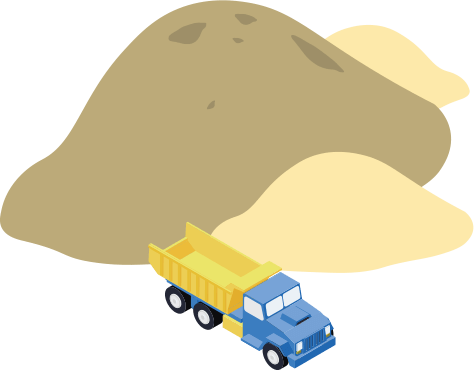Way back in the prehistoric days of 1960, Rosser Reeves wrote a book “Reality in Advertising” about what he learned in decades of running ad agencies.
In this book he introduced the term “U.S.P.” or Unique Selling Proposition. In 1960, the idea was somewhat controversial. It has become an accepted, famous concept in marketing, though one rarely understood or well-used. Besides developing the concept, he described the three ways you can create, as well as pitfalls in creating a U.S.P.
When it has been well used, it has been responsible for some of the most successful campaigns in marketing history.
But there is a lot more to Rosser Reeves than that. What hardly anyone knows is what led to his development of the U.S.P. concept.
He took Claude Hopkins “test and measure” to a whole other level.
First of all, he broke down response into three key elements, each of which were itself measurable: Penetration, Usage Pull, and Life Expectancy.
Penetration is simply what percentage of the target market remember your product?
Usage Pull is how your campaign changes the percentage of them who actually USE the product. A bad campaign can actually reduce market share.
Finally, Life Expectancy is how Penetration and Usage Pull change over time after a campaign ends.
What it took to measure these and to see the change over time, was extensive surveying, repeated periodically. With the resources of a large ad agency, he was able to do exactly that, and, over time, to discover common elements of successful campaigns. And from that, we get the U.S.P.
In addition, he established a Copy Lab to test whether consumers got out of an ad, the U.S.P. he intended them to.
In the end, he pleaded, as did Claude Hopkins before him and Sergio Zyman since, to treat marketing as a science, not an art, and to take opinion out of it.
If more marketers paid attention to what he said, there would be a lot less wasted marketing out there. That his book is currently out-of-print tells you the lack.
Giants of Marketing: Rosser Reeves









